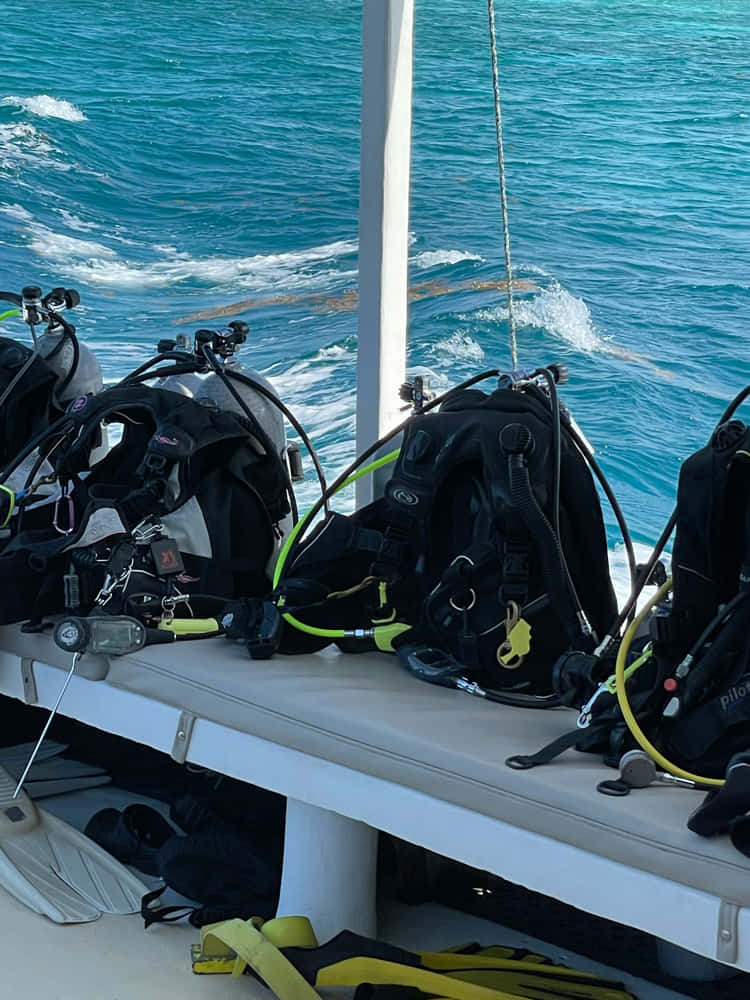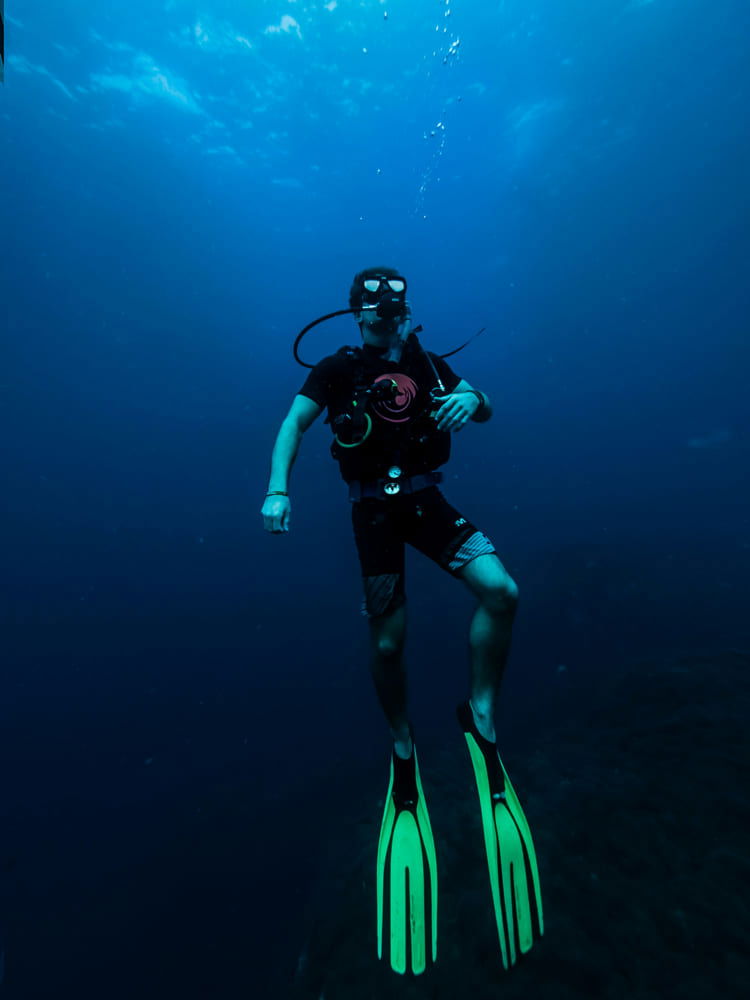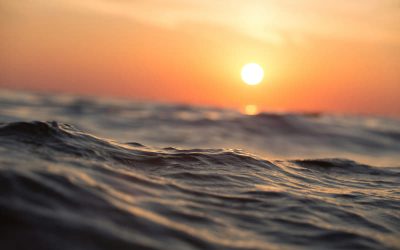Let’s be clear from the start: this article is aimed at serious divers or those aspiring to be. If you only dive occasionally, chances are you don’t own your own gear—and that’s perfectly fine. Every dive school provides decent equipment (and places like DPM Diving even offer top-tier gear).
But if you’re diving regularly or diving is part of your profession, your gear could be the game-changer between an epic underwater adventure and a frustrating experience. This guide is here to help you choose wisely—and avoid rookie mistakes (or should we say flipper mistakes?).
Contents
Why choosing the right dive gear matters
Your gear is your underwater partner, your safety net, and a huge part of what makes each dive enjoyable. Dive gear is built to last, so choosing poorly can have long-term consequences—from being too cold underwater to cutting dives short due to discomfort.
And no, expensive doesn’t always mean better, and cheap doesn’t always mean bad. The real key is to understand your needs, diving style, experience level, and how often you dive.
Basic dive gear: what you need to start
If you’re ready to start building your personal kit, here are the essentials:
Mask
Find one that fits your face snugly without gaps or pressure. Do the vacuum test—place the mask on your face (without the strap), inhale gently through your nose, and if it sticks, that’s a good fit. Pay attention to materials and build quality.
Fins
Open-heel fins (worn with boots) are great for cold water or strong currents. Full-foot fins are better for warm, calm waters.
Snorkel
You won’t use it on most tank dives, but it’s required for many courses and helps conserve air on the surface.
Wetsuit
Choose based on water temperature—3 mm for tropical waters, 7 mm or drysuit for colder environments. It should fit snugly but not restrict blood flow. Since this is a long-term investment, ask experienced divers for brand advice.

BCD (Buoyancy Control Device)
Keeps you afloat on the surface and helps control buoyancy underwater. Look for one with a comfortable fit and good lift capacity.
Regulator + Octopus
Your main connection to air and your backup in emergencies. Choose models that are reliable, easy to maintain, and travel-friendly.
Pressure gauge or console
Vital for monitoring your tank’s pressure. Without it, you’re literally diving blind.
Technical gear: level up your diving
Once you’re confident with the basics, it’s time to explore the gear that takes your diving to the next level:
- Dive computer: This is your best friend underwater. It tracks depth, bottom time, no-decompression limits, ascent rate, and more. From entry-level models to advanced ones with gas mixes and wireless integration, it’s a must-have for independent diving.
- Backplate and wing: A modular setup preferred by tech divers, ideal for twin tanks or sidemount configurations—and for those who like to fine-tune every detail.
- Dive light: Essential for night dives, wrecks, or murky waters.
- Spool and SMB/DSMB: Safety first. Deploying a surface marker on ascent helps boats spot you and indicates your position.
- Dive knife or line cutter: You never know when you’ll run into fishing lines, nets, or ropes.
Top tips before buying dive gear
Before you spend your savings at the dive shop, keep these pro tips in mind:
- Try before you buy: Renting different brands and setups helps you figure out what works for you. Every diver is different.
- Ask experienced divers or instructors: Honest feedback (not just from salespeople) is invaluable.
- Comfort is everything: Especially with your mask, wetsuit, and BCD. If something annoys you on land, it’ll be way worse underwater—and you won’t be able to fix it mid-dive.
- Avoid impulse buys: That “amazing deal” may not be worth it if the gear doesn’t suit you. Sometimes cheap gear ends up costing more.
- Invest in essentials first: Your comfort and safety are worth more than fancy extras.

Buy all at once or build over time?
The big question—and the answer is: it depends.
If you dive often and know exactly what you want, go for it. But if you’re still figuring things out, it’s smart to build your setup gradually.
A good order might be:
- Mask, fins, snorkel – Also useful for snorkeling and travel.
- Dive computer – A safety upgrade that’s worth every cent.
- Wetsuit – Especially if diving in various locations or conditions.
- Regulator and BCD – Once you’re experienced and ready to invest.
- Technical extras – Depending on your interests and specialties.
In short, choosing your dive gear wisely is an investment in safety, comfort, and freedom. Take your time, do your research, test things out—and enjoy the process.
Because every time you strap on your mask or inflate your BCD, you’re one step closer to your next underwater adventure.








0 Comments